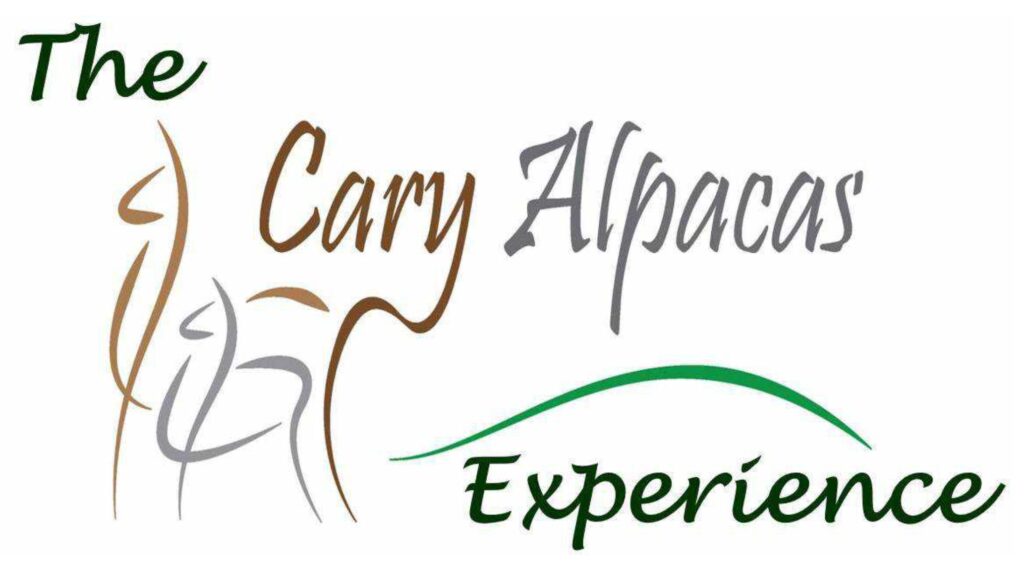


The ancestors of today’s CAMELIDS evolved in North America between 9 and 11 million years ago, and spread to South America 3 million years ago.
They are descended from the wild VICUNA, whose fiber was greatly prized amongst the Incas. Unfortunately, the Spanish Conquest was responsible for destroying many alpacas and vicunas, as well as the Inca civilisation.
Alpacas span the borders of PERU, CHILE and BOLIVIA.
Alpacas are one of the ‘camelid’ species. There are four species of South American camelid: the more commonly known LLAMAS and ALPACAS which are domesticated and lesser known VICUNA and GUANACO which remain wild and protected. All four are found mainly in PERU in the Andes, with smaller numbers in Chile and Bolivia.
There are two types of Alpaca:
HUACAYA (pronounced wa-ky-ya) and SURI.
Cary Alpacas currently have 11 Huacaya & 7 Suri Alpacas
The ‘Huacaya’ appearance is due to its fibre growing vertically out from its skin in small bundles with a tight crimped wave which makes the fleece sit vertically off the skin giving it a ‘Teddy Bear’ look.
The Suri appearance is due to its fibre growing out of the skin in bundles/locks without any crimped wave. The suri locks twist and hang down along the flank of the alpaca. The fibre at its best is akin to silk.
There are believed to be approximately 45,000 alpacas in the UK.



Why do we Love having Alpacas?
FLOCK GUARDIANS
Alpacas are herd animals, who not only protect each other they are also excellent Guardians protecting Sheep & Chickens from Foxes.


WALKING COMPANIONS
And why wouldn’t you …. so much fun!
LAWN MOWERS
Environmentally friendly way to keep grass under control.


THERAPY
Used in therapy for a range of mental and emotional disorders.
This is ‘Lightening’ one of our Cary Alpacas, why wouldn’t you want to give her a hug?
FIBRE
Alpacas are shorn each year, producing 2-3kg of exceptionally find, warm, luxurious and soft fibre, used in clothing and quilts & pillows and much more.

Their staple diet is GRASS, HAY and SUPPLEMENTARY feed.
